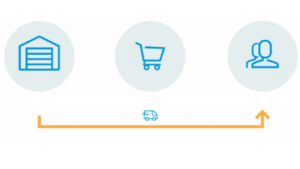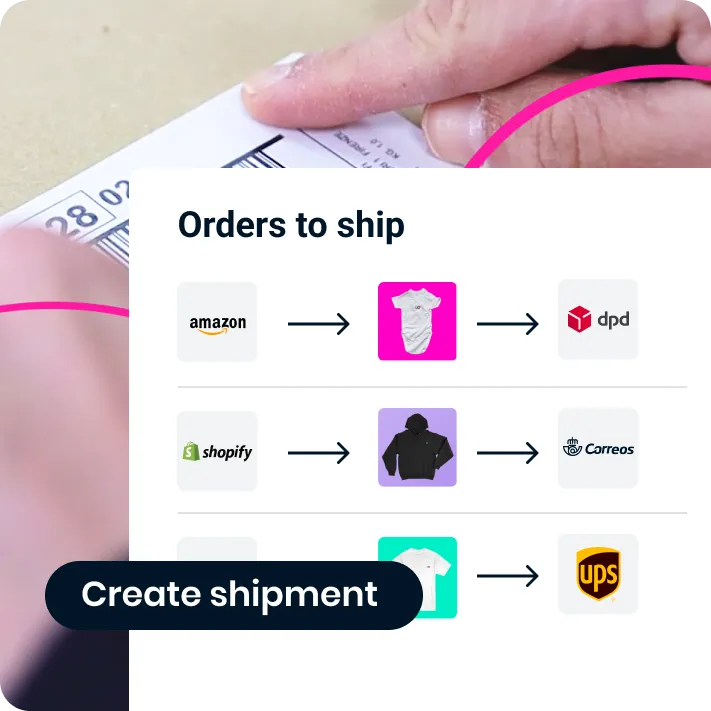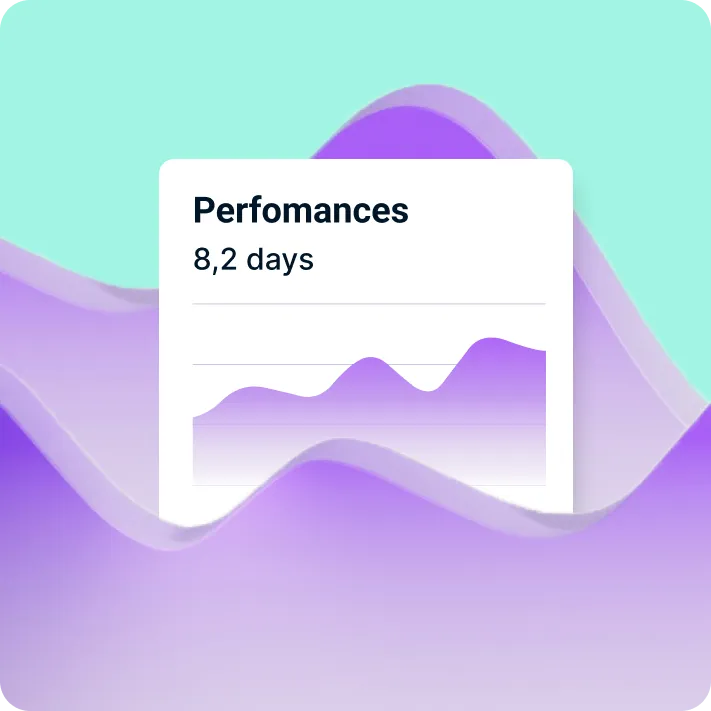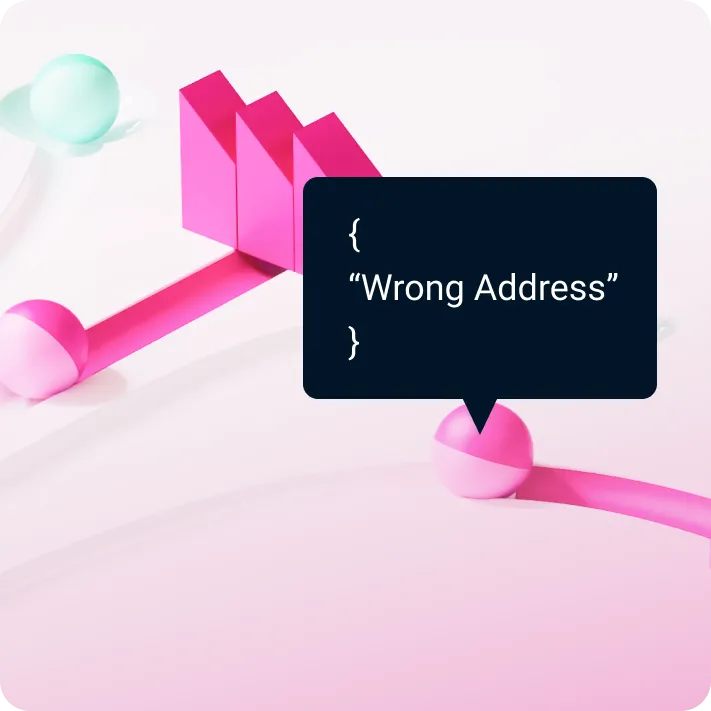Dropshipping: should you consider it to expand your e-commerce business?
What is Dropshipping?
By adding dropshipping to your business, you don’t need tons of cash or larger warehouses to increase your offer. You just need to have your online store set up, list your products, and focus on marketing and selling!
Are you aware that Amazon actually began as a dropshipping company for books?
While the market is already heavily saturated with a bunch of new dropshipping companies hoping to get rich quick, we are firm believers in following an alternate approach.
Rather than expending all of your energy into this single facet, integrating a combination of dropshipping, self-fulfillment, and third-party logistics could be a useful method to try out for an existing online retailer that has solely been using the self-fulfillment model.
Definition of Dropshipping: An arrangement between a business and the manufacturer or distributor of a product the business wishes to sell in which the manufacturer or distributor–and not the business–ships the product to the business’s customers.
What Are the 3 Most Common Models to Use?
1. Self Fulfillment
You keep your inventory in your own warehouse, storage space, or even your own shop, and then ship it to your customers yourself.
- Ex. Joe keeps boxes of hats in his shop, sells them on eBay, and mails them to buyers.
2. Third-party Fulfillment
You outsource the storage and shipping of your products to another company, and then forward that company the orders for fulfillment.
- Ex. Joe sends his boxes of hats to Fulfillment by Amazon or other 3PL and they ship to his customers.
3. Dropshipping
The product is created and stored by its manufacturer. You find buyers, pay wholesale for the product, forward the sales to the manufacturer, and keep the profits while the manufacturer fulfills the order.
- Ex. Joe has never touched a box of hats, but lists the hats on his website and/or other marketplaces for the manufacturer who handles everything else.
Major Advantages of Dropshipping
Some of the best aspects of dropshipping stem from the minimal costs to achieve growth. Further, almost anybody with a drive and desire to put in the required work has the capability to attempt it.
You will not have to worry about:
- Managing or paying for more warehouse space
- Packing and shipping your orders
- Tracking inventory for accounting reasons
- Handling returns and inbound shipments
- Continually ordering products and managing stock level
Retailers are often forced to allocate huge amounts of capital towards purchasing and storing inventory.
With the dropshipping model, you don’t have to acquire a product unless you already made the sale and have been paid by the customer. Without major up-front inventory investments, it’s actually possible to generate more business without taking that initial hit.
It offers those interested in diverse product lines the ability to switch merchandise up without severe fiscal repercussions, which is not possible when just owning a brick-and-mortar or non-drop shipping e-commerce store.
If you already exist as an established e-commerce business and are looking towards models to scale, this may be the perfect strategy for you to utilize.

Major Disadvantages of Dropshipping
Extremely Competitive
Since there’s little required to sell online through dropshipping, the competition is stiff. Some markets are more crowded than others, so be sure to research what you’re selling and who you want to sell to.
This likely will not be a problem for established businesses, but startups still developing their brand and business will certainly find it difficult to stand out from the crowd.
Low Margins
There are two major transactions that happen with a dropshipper:
- Your customer pays you for your product.
- You pay your dropshipper for said product.
What’s left in between is your profit. So you need to take your dropshipper’s base price into account when you’re setting your retail prices. You won’t walk away with 100% profit. Even though you may start with a wholesale price, your dropshipper will always take a cut.
You might get a lower profit per sale, but the upside is that you still save all of the money on overhead and startup costs.
Supplier Errors
If you’re working with multiple dropshippers, it can be confusing dealing with each of their policies and shipping methods.
Drop shippers are also susceptible to human error. Sometimes your customers will receive a damaged dropshipment or maybe even a product from somebody else’s store altogether. Errors are bound to come up, so be prepared with how you handle them and how you communicate with your customers because as far as the customer is concerned, you are the supplier.
If your customer does not receive their item on time (or at all), you’ll be the one they blame. If your supplier ships the wrong item or a defective one, guess who has to handle the complaints?

Is it a Profitable Business Model?
It’s become more difficult to compete as a drop shipper in the world of Amazon and as e-commerce has become more competitive.
Today, it’s important to have a very strong unique selling proposition. It’s not impossible to accomplish this with drop shipping, but this is much harder when you’re selling other people’s products. Likely, you will want to already have an established business.
Drop shipping usually works best when you can:
a) Offer a tremendous amount of informational value with your products
b) You can sell a lot of high-margin accessories
Or
c) You can use it to supplement a catalog of your own proprietary products.
Profit margins will vary greatly depending on the products you sell. For expensive electronics perhaps, margins are thin and will only be in the 5% to 10% range. But for low-priced accessories, margins will often be close to the 100% range.
However, on average drop shipping gross margins are usually in the 10% to 15% range.
Should I Pursue This?
When comparing whether to use self-fulfillment, 3rd-party logistics or dropshipping, it’s important to take cost, quality and control into account. Where is your business at right now? Are you running out of resources? Do you only need a small online shop without the hassle of order fulfillment?
The good news is that you can change your fulfillment process whenever you want. It takes a bit of time, but most of these partner companies are streamlined enough to accommodate you.
It is entirely up to you if you want to expand your business without increasing your capital investment through dropshipping. If you do decide it is for you, you can dictate what portion of your online selling business you want to dedicate to dropshipping.

How to start a Dropshipping Business?
Are you thinking about start a Dropshipping business? Learn more on how you can you find Dropshipping suppliers and more in our complete guide.
Already Managing your Business with Dropshipping?
Shippypro is the right solution for your business!
ShippyPro Dropshipping’s features
Connect All Your Stores and Marketplaces – All the orders from your online stores and marketplaces are gathered in one platform
Connect Multiple Couriers, 3PL and Dropshippers – No limit of accounts connected for optimal order fulfillment
International Managing- You can ship from different stockrooms all over the world
Marketplace Always Updated- All your marketplaces are updated automatically with the tracking number
Streamline and simplify your order fulfillment process using Jetti Dropshipping platform together with ShippyPro’s powerful shipping features.
ShippyPro is the complete shipping software for online and offline retail. With Label Creator, Track & Trace, Easy Return and Analytics features, our software simplifies your shipping operations. ShippyPro integrates with over 160 couriers and 80 sales channels, making it compatible with a wide range of products and use cases.



